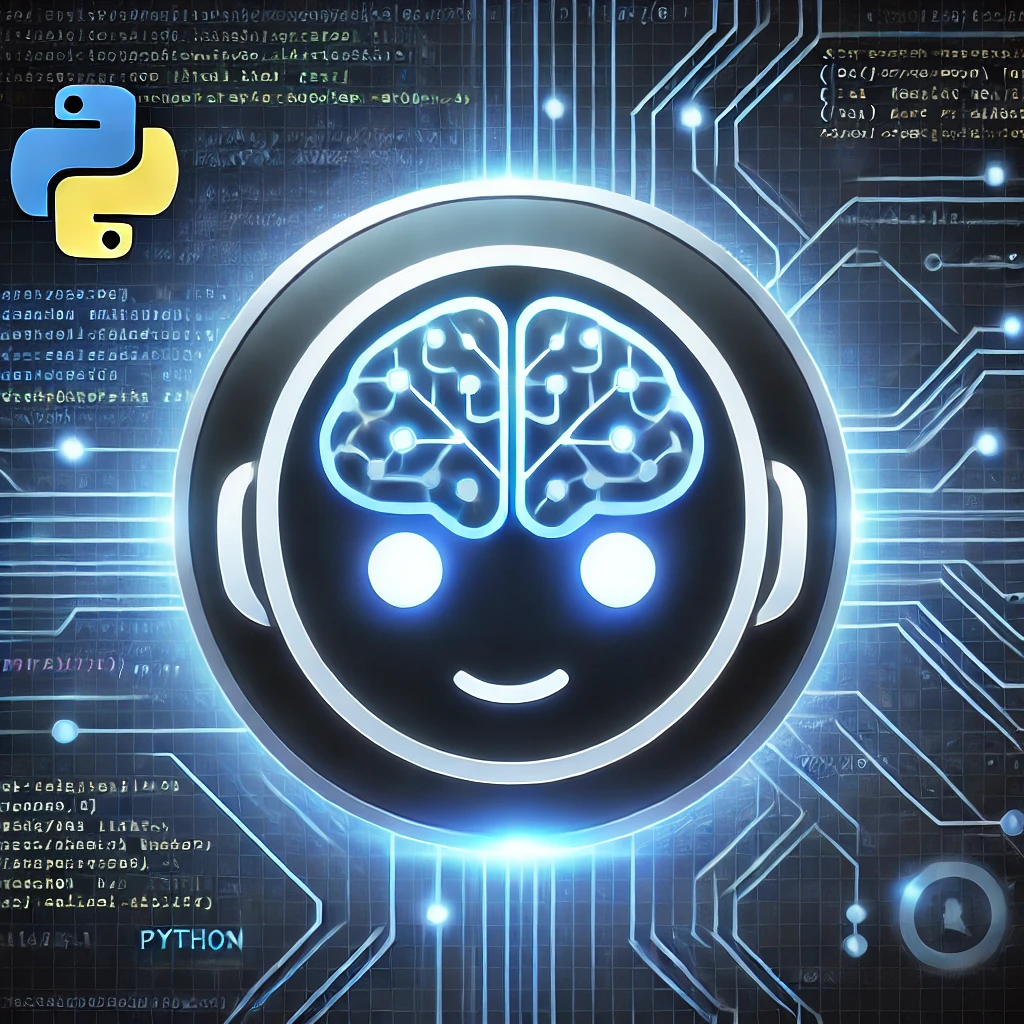
How to Create a Chatbot in Python
Chatbots have become an essential part of websites, customer service platforms, and AI-driven applications. They can automate conversations, provide instant responses, and improve user engagement. In this blog post, we will explore how to create a chatbot in Python using basic libraries like ChatterBot and NLTK. By the end, you’ll have a functioning chatbot capable of responding intelligently to user inputs.
Step 1: Install Required Libraries
Before building a chatbot, you need to install some Python libraries. You can do this using pip:
- pip install chatterbot chatterbot_corpus nltk
ChatterBotis a machine-learning-based conversational dialog engine.chatterbot_corpuscontains pre-trained datasets.NLTK(Natural Language Toolkit) helps with text processing.
Step 2: Import Libraries and Set Up the Chatbot
Once the installation is complete, you can create a chatbot using the ChatBot class from chatterbot.
- from chatterbot import ChatBot
from chatterbot.trainers import ChatterBotCorpusTrainer
#Create a chatbot instance
- chatbot = ChatBot(“SoftwareCityBot”)
#Set up the trainer
- trainer = ChatterBotCorpusTrainer(chatbot)
#Train the chatbot with an English corpus
- trainer.train(“chatterbot.corpus.english”)
Step 3: Make the Chatbot Interactive
Now that the chatbot is trained, we can create an interactive loop where users can chat with it.
- def chat_with_bot():
print(“Hello! Type ‘exit’ to end the conversation.”)
while True:
user_input = input(“You: “)
if user_input.lower() == “exit”:
print(“Chatbot: Goodbye!”)
break
response = chatbot.get_response(user_input)
print(“Chatbot:”, response)
chat_with_bot()
Step 3: Make the Chatbot Interactive
Now that the chatbot is trained, we can create an interactive loop where users can chat with it.
- def chat_with_bot():
print(“Hello! Type ‘exit’ to end the conversation.”)
while True:
user_input = input(“You: “)
if user_input.lower() == “exit”:
print(“Chatbot: Goodbye!”)
break
response = chatbot.get_response(user_input)
print(“Chatbot:”, response)
chat_with_bot()
Step 4: Improve the Chatbot with Custom Training
You can train the chatbot with custom responses to make it more relevant to your needs.
from chatterbot.trainers import ListTrainer
trainer = ListTrainer(chatbot)
#Custom conversation data
- conversation = [
“Hello!”,
“Hi there! How can I help you?”,
“What is Python?”,
“Python is a programming language that is widely used for software development, AI, and more.”,
“Thank you!”,
“You’re welcome!”
]
trainer.train(conversation)
Step 5: Deploying the Chatbot
Once your chatbot is working correctly, you can deploy it in different ways:
- Web Application: Use Flask or Django to integrate it into a website.
- Telegram Bot: Use the
python-telegram-botlibrary. - Discord Bot: Use the
discord.pylibrary.
Here’s an example of deploying it as a simple Flask API:
from flask import Flask, request, jsonify
app = Flask(name)
@app.route(“/chat”, methods=[“POST”])
def chat():
user_input = request.json.get(“message”)
response = chatbot.get_response(user_input)
return jsonify({“response”: str(response)})
if name == “main“:
app.run(debug=True)
This creates a simple API endpoint where users can send messages and get chatbot responses.
Conclusion
Creating a chatbot in Python is a great way to explore AI and automation. With ChatterBot, you can build an intelligent chatbot that learns from conversations. You can further enhance it by integrating it into web applications, training it with more data, or adding Natural Language Processing (NLP) capabilities.
Want to take your chatbot further? Consider using advanced NLP models like GPT or fine-tuning your chatbot with domain-specific data. Happy coding!
